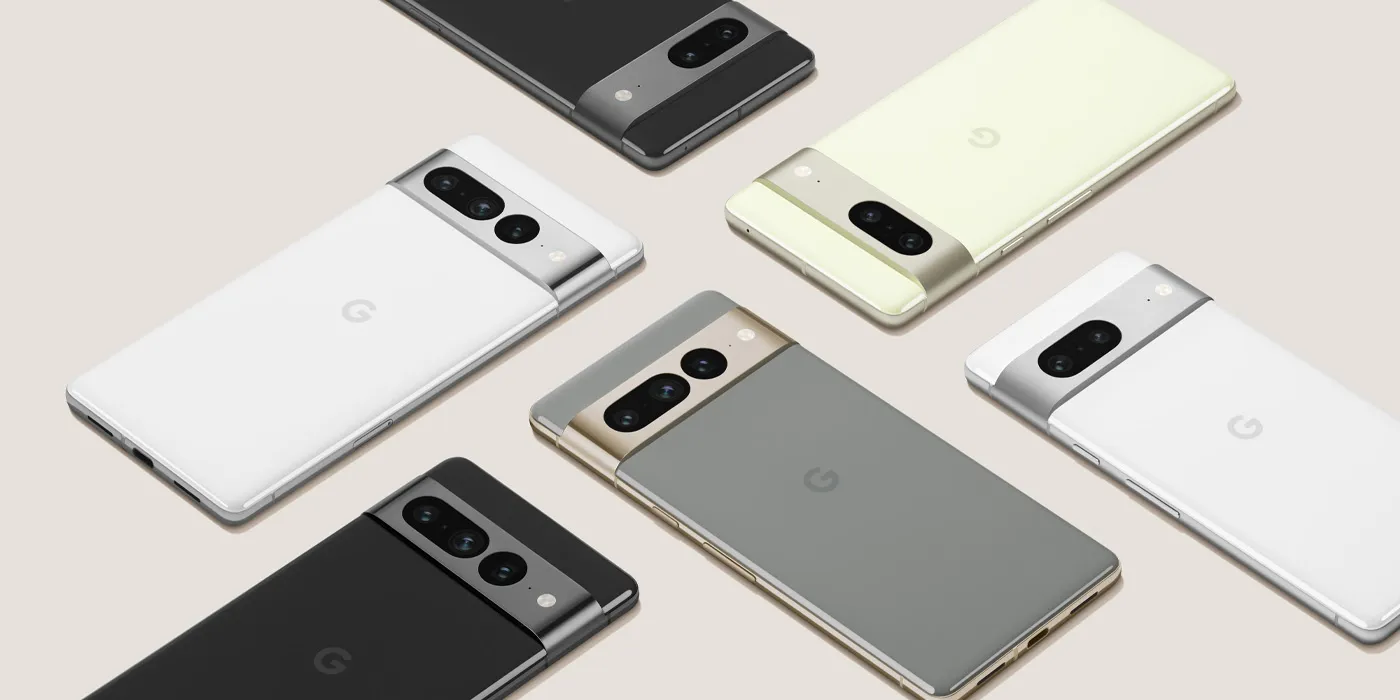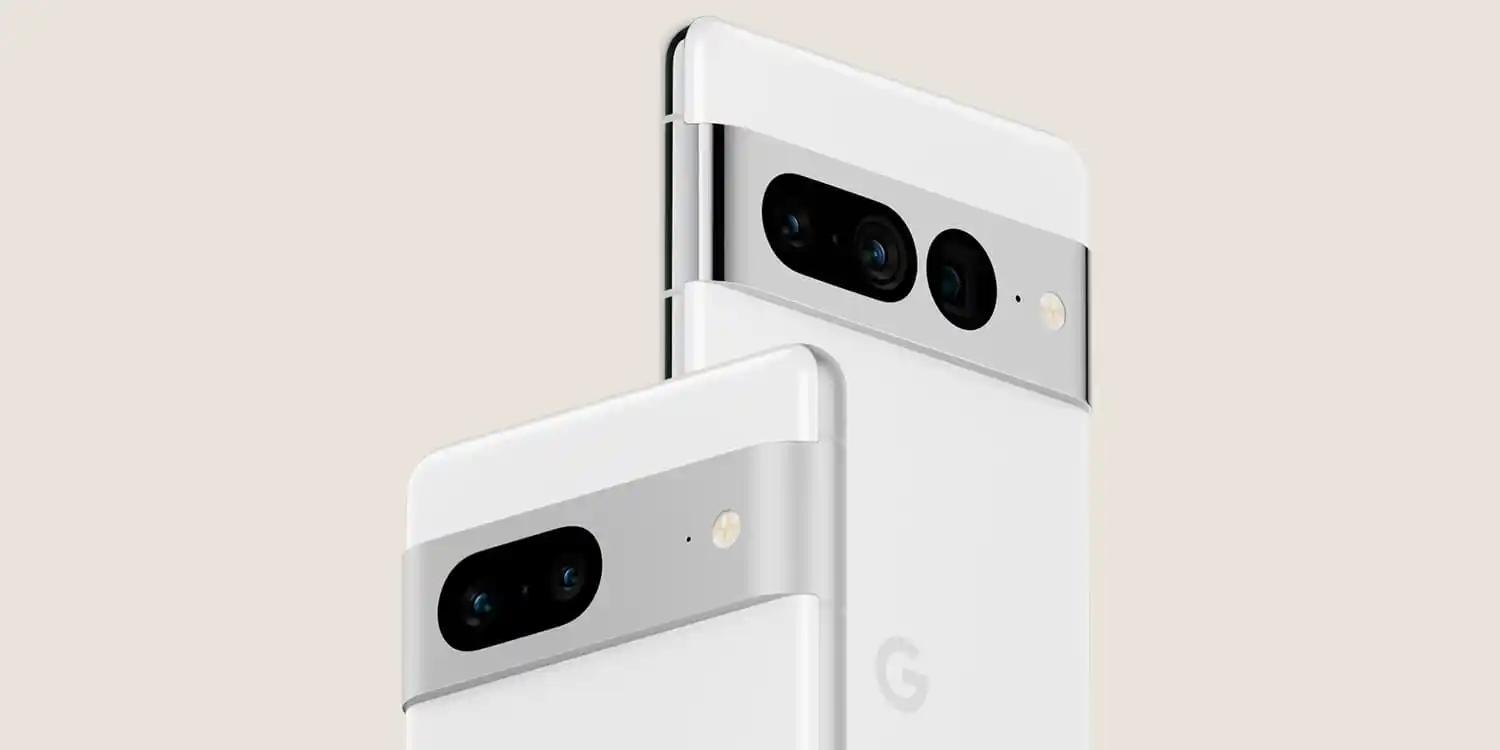According to the newly discovered specifications of pixel 7 and pixel 7 Pro, the upcoming flagship mobile phone will use the same display as the pixel 6 series, but there are still some adjustments. With the launch of pixel generation 6, Google's mobile phone has taken a big step forward, increasing the refresh rate of its screen components from 90hz to 120Hz. This generation also marks the first use of curved display in pixel series. Pixel 6 and 6 Pro both use relatively new Samsung displays.

At the Google i/o developer conference in 2022, the company disclosed all its Android device lineups before 2023. We have a lot of knowledge about the upcoming pixel 7 and pixel 7 Pro, from which we can see how they improve the iconic design of the pixel 6 series and how the internal hardware will be upgraded from the Google tensor chip that debuted for the first time.
In other words, there are still many things that Google hasn't shared about pixel 7 and pixel 7 Pro, including the internal specifications and even what the front of the mobile phone looks like. Regarding the latter, we found the code in the Android open source project, revealing the display screen used in the pixel 7 series.
More specifically, Google has created two new display drivers, one labeled "C10" and the other labeled "P10", which are shorthand for the "cheetah" and "Panther" codes of pixel 7 and 7 Pro. Thanks to these files, we now have a fairly accurate display specification for the next generation of pixel phones.

The smaller pixel 7 will be equipped with a 1080 x 2400 display capable of operating at a refresh rate of 90hz, while the pixel 7 Pro will be equipped with a 1440 x 3120 display capable of providing a refresh rate of 120Hz. If these specifications look familiar, it is because they are identical to the specifications provided by the pixel 6 series last year. This is no coincidence, because the current signs show that the Samsung panels used by the pixel 7 and 7 Pro are exactly the same as the previous generation products - s6e3fc3 and s6e3hc3 respectively.
This is a bit disappointing because it means that we can't expect the display to be much better than last year's mobile phones, but there are still some changes. The most obvious one is that the pixel 7 will be one circle smaller than the pixel 6, 1 mm narrower and 2 mm shorter. Compared with the pixel 6 Pro, the display size of the pixel 7 Pro has not changed.
On the contrary, the display of pixel 7 Pro seems to have obtained a mode of enabling the native 1080p, which may be to save power for the Android system, render everything at 1080p, and let the "DDIC zoom" of the panel convert it to 1440p. Although this is certainly not pleasant, it may be an optional way to reduce battery usage, perhaps as part of the low power mode. Samsung and other Android device manufacturers have adopted similar scaling options to save batteries.
It is worth noting that the pixel 7 Pro display may be slightly improved in hardware, because Google has been trying to support almost the same display as the display specifically labeled "C10". The model of this display is "s6e3hc4", which may be an updated generation. At present, there is no indication whether this display will actually appear on the pixel 7 Pro, but the nearly identical configuration makes it possible.
Overall, these newly discovered display specifications seem to further indicate that, at least in terms of hardware, pixel 7 and 7 Pro will be products with less iteration.